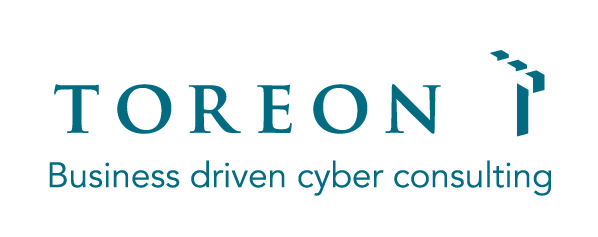Welcome to this edition of Security Leader Insider, where we bring you the latest insights and expert perspectives to help navigate the ever-evolving cybersecurity landscape. In this issue, we feature a guest article by John Bun offering a step-by-step approach to improving digital safety, alongside curated insights from McKinsey on how a CISO background can benefit a business-unit CIO. The World Economic Forum shares top AI-related concerns from Chief Information Security Officers, and Toreon’s own Thomas Dejagere provides practical guidance on navigating the upcoming NIS2 legislation.
Let’s dive into this edition’s content!



